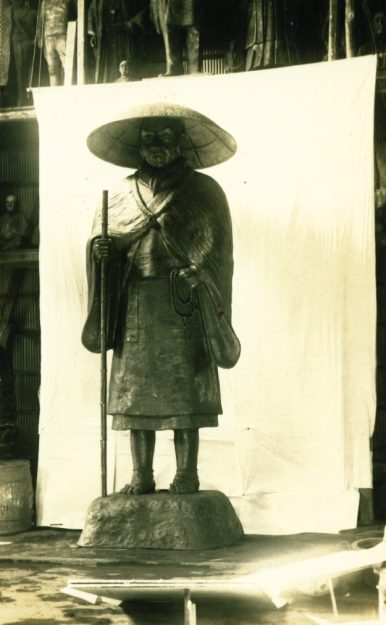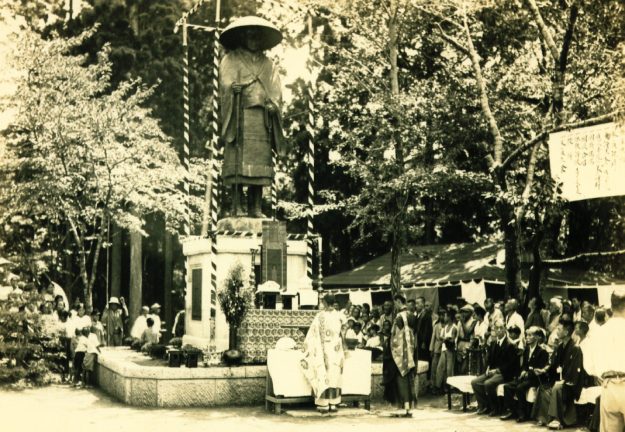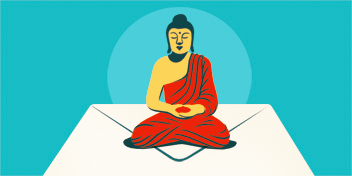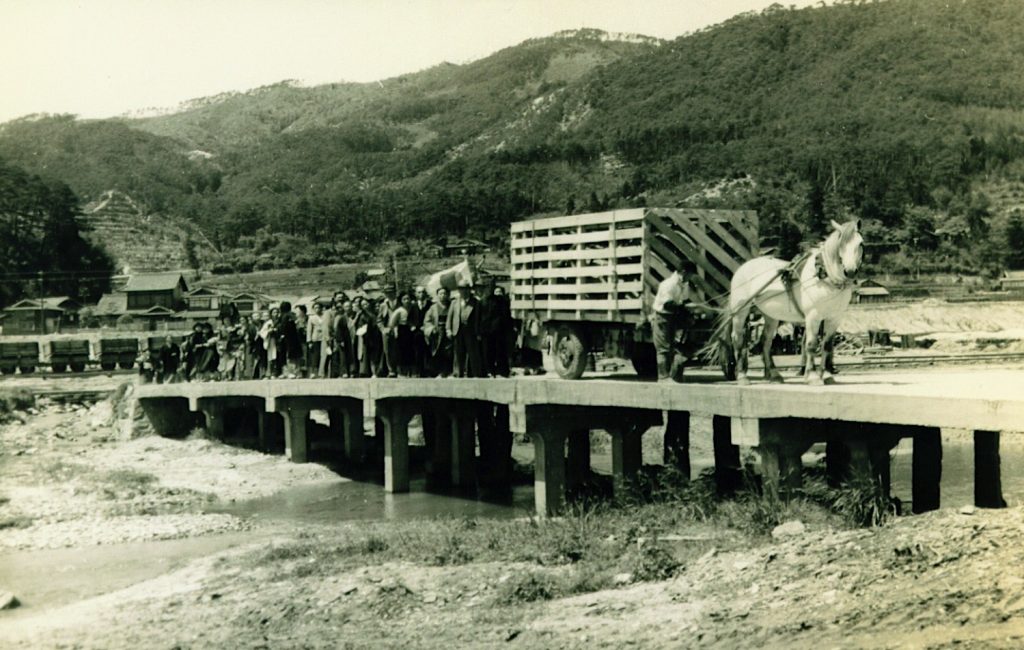Before arriving in New York City almost 56 years ago, the 15-foot bronze statue pictured on the cover stood in a park in Hiroshima, Japan, just over a mile from ground zero of the atomic bomb blast of August 6, 1945. Unlike most of the buildings in the city, the bronze figure of Shinran Shonin (12th–13th century)— the Japanese Buddhist monk who founded Jodo Shinshu (Shin) Buddhism—miraculously survived the devastation.


After World War II, the Japanese industrialist Seiichi Hirose donated the Shinran Shonin statue to the American Buddhist Academy (ABA) as a symbol of world peace. Reverend Hozen Seki, founder of the ABA (now the American Buddhist Study Center) and the New York Buddhist Church, convinced Hirose to send the statue to New York City, the crossroads of the world. In 1955 the statue was removed from the Hiroshima park, packed into an enormous wooden crate, and shipped to New York City, where it was presented to the New York Buddhist Church on Riverside Drive near 106th Street in Manhattan.
On September 11, 1955, ten years after the bombing of Hiroshima, D. T. Suzuki— one of the most influential figures in introducing Zen Buddhism to the West—said in his keynote address at the statue’s unveiling ceremony:
The present state of things as we are facing everywhere politically, economically, morally, intellectually, and spiritually is no doubt the result of our past thoughts and deeds we have committed as human beings through[out] the whole length of history, through aeons of existence, not only individually but collectively—let me repeat, collectively. As such, we are, every one of us, responsible for the present world situation filled with [its] awesome forebodings. The bombing of Hiroshima was not, after all, the doing of the American armies, but the doing of mankind as a whole, and as such, we, not only the Japanese and Americans but the whole world, are to be held responsible for the wholesale slaughter witnessed ten years ago….
As far as I can see, [we must find] the living Shonin who is surely among us answering to the call of his name; only we have not been able to hear his response, our ears have not yet been fully opened innerly as well as outwardly to [that] still small voice….
We must realize that modern civilization is thoroughly oriented towards dehumanizing humanity in every possible way; that is to say, we are fast turning into robots or statues with no human souls. Our task is to get humanized once more.
Today, almost six decades later, the Shinran Shonin statue still stands overlooking the Hudson River from its post outside the New York Buddhist Church on Riverside Drive—just a few miles north of the Tricycle office.
Thank you for subscribing to Tricycle! As a nonprofit, we depend on readers like you to keep Buddhist teachings and practices widely available.

